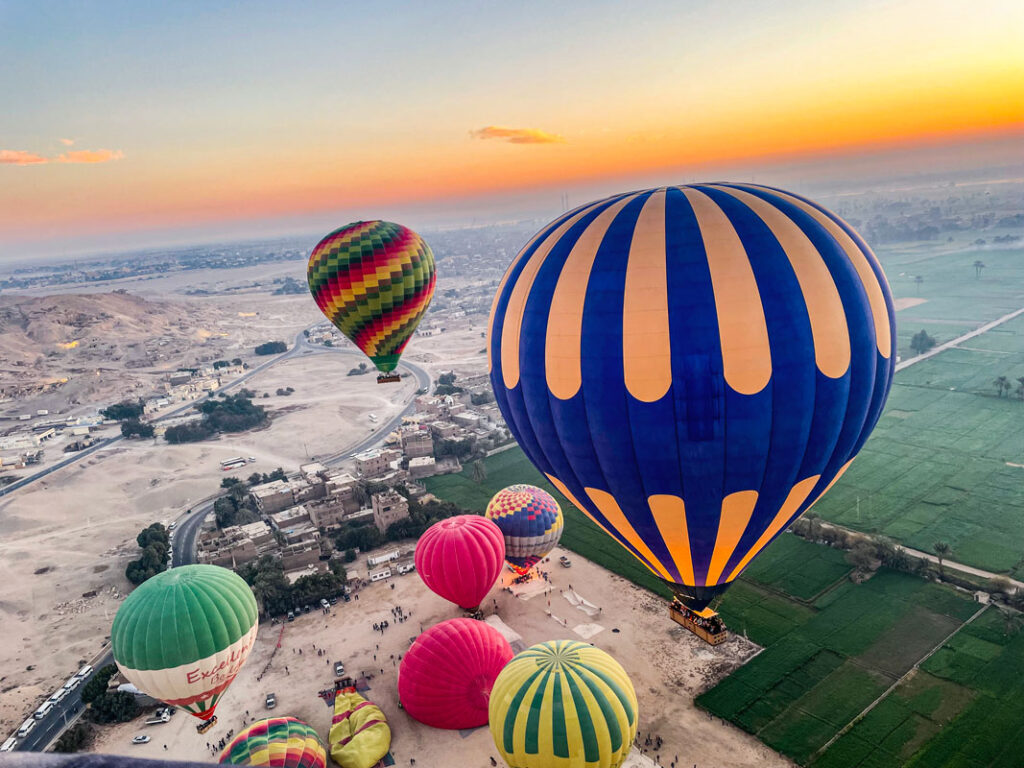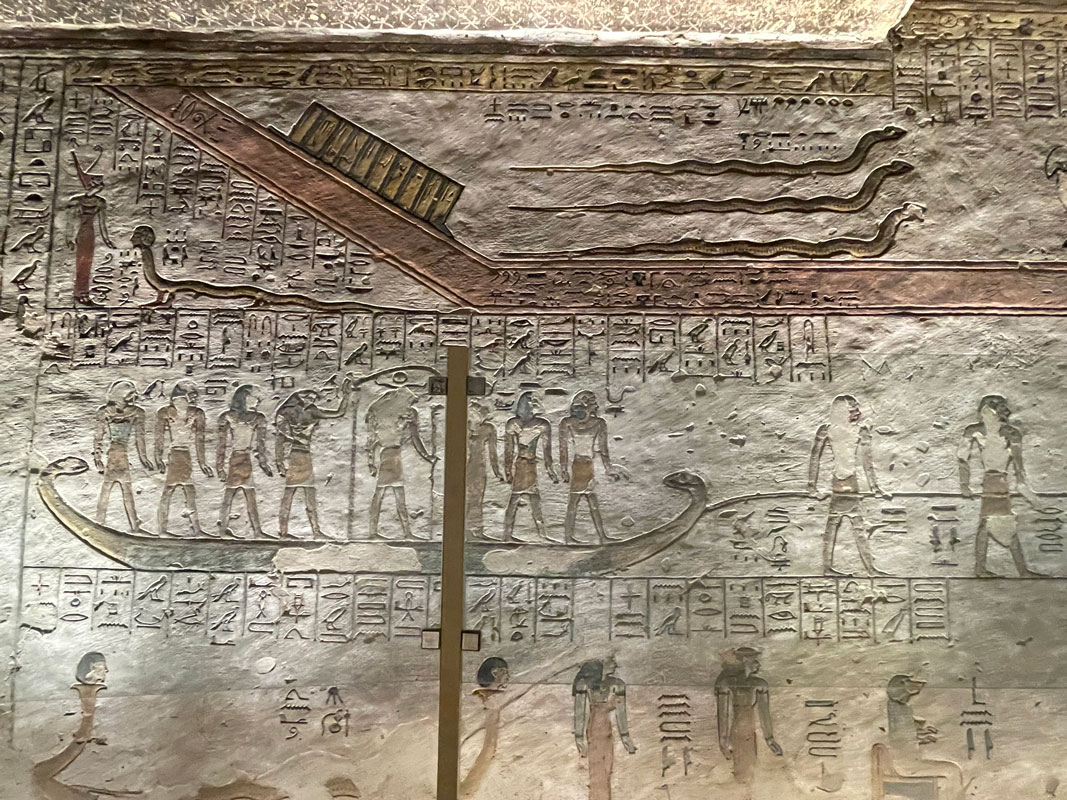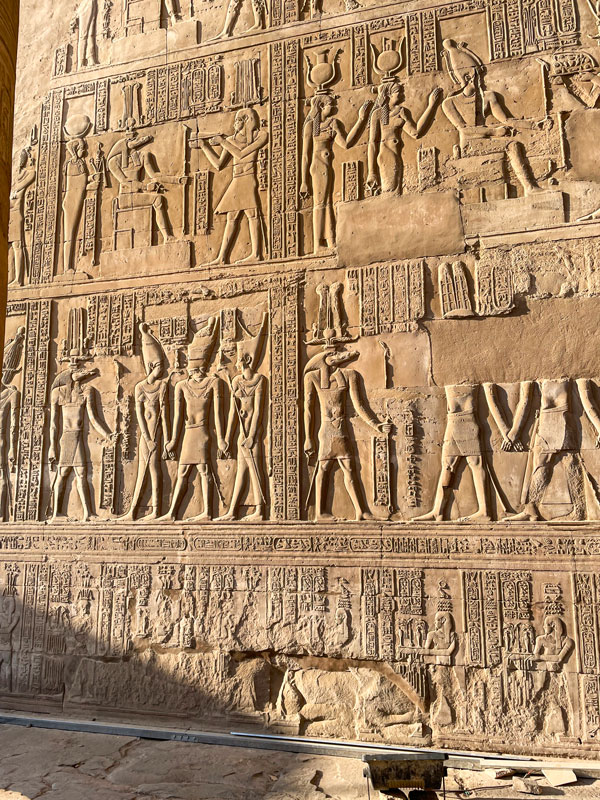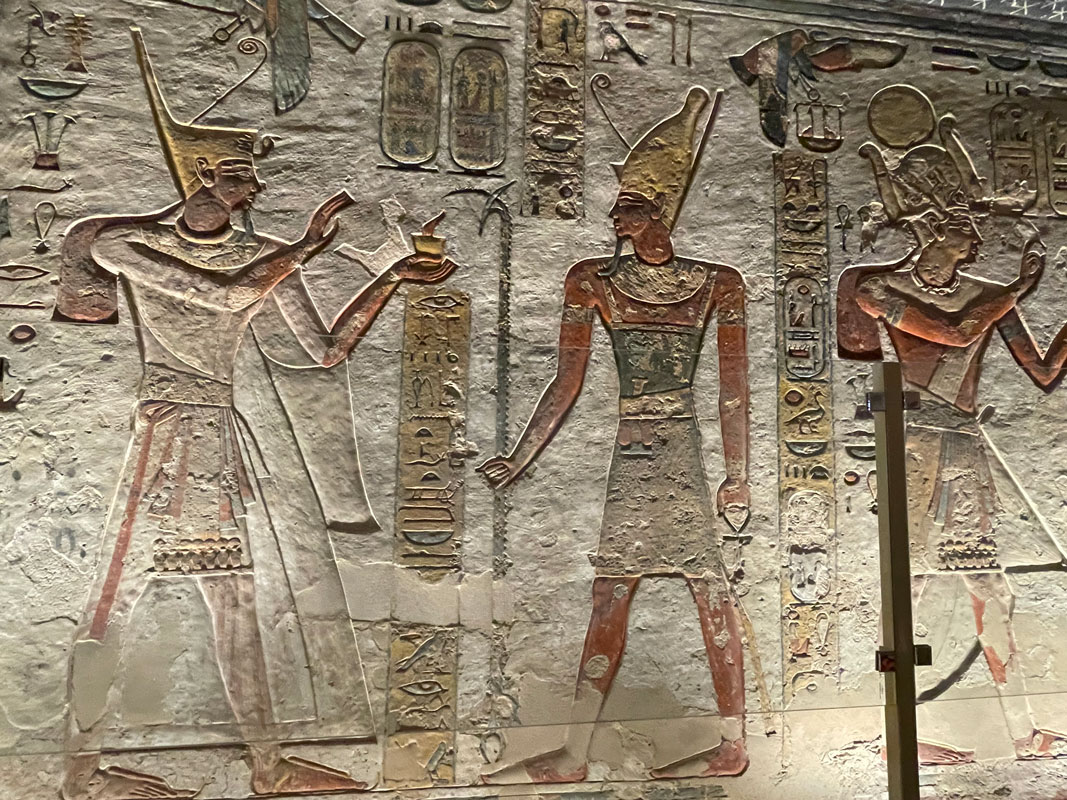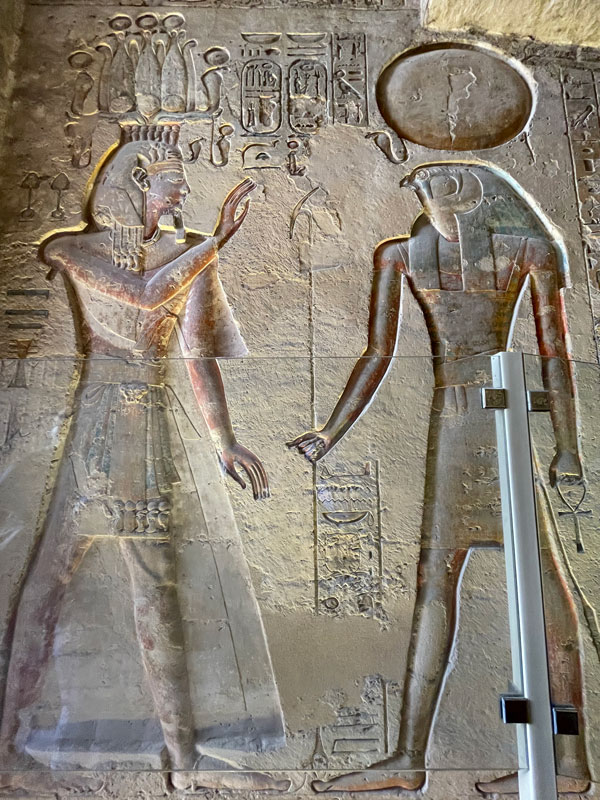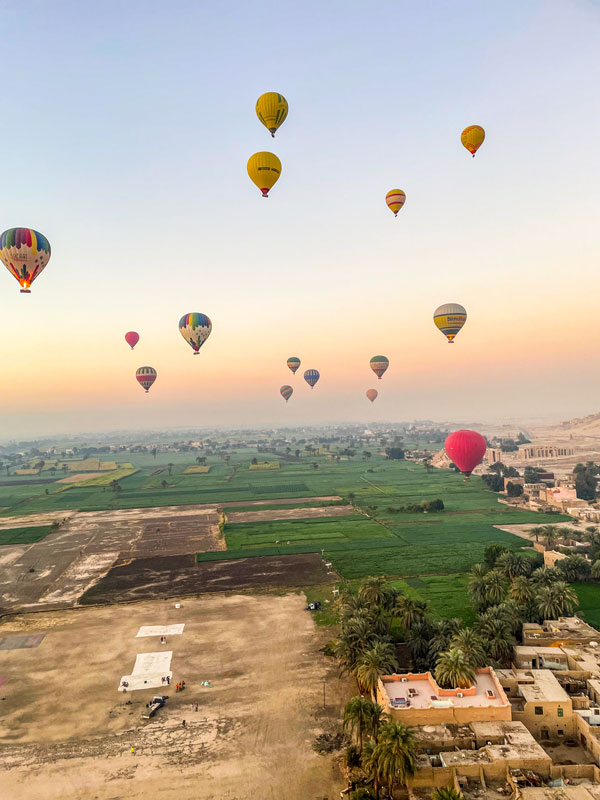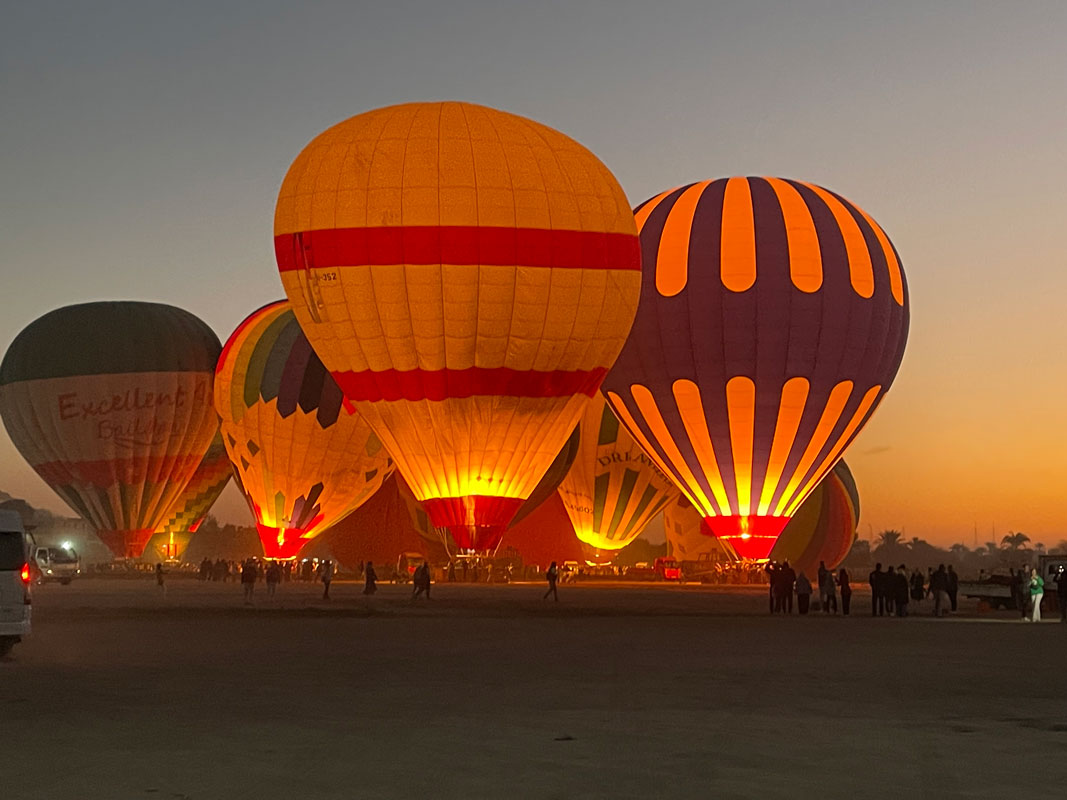Mention Egypt and the Nile and the first thing that comes to mind are the pyramids, and the second one, specially when you think of a grand barge on the Nile, where a royal beauty is floating over its serene waters, is the Egyptian Queen Cleopatra. The majestic Cleopatra of Shakespeare’s Antony and Cleopatra and of course the stunningly beautiful Elizabeth Taylor featured in the 1963 epic Hollywood classic Cleopatra, also featuring Richard Burton as Mark Antony and Rex Harrison as Julius Caesar, and directed by Joseph L Mankiewicz.
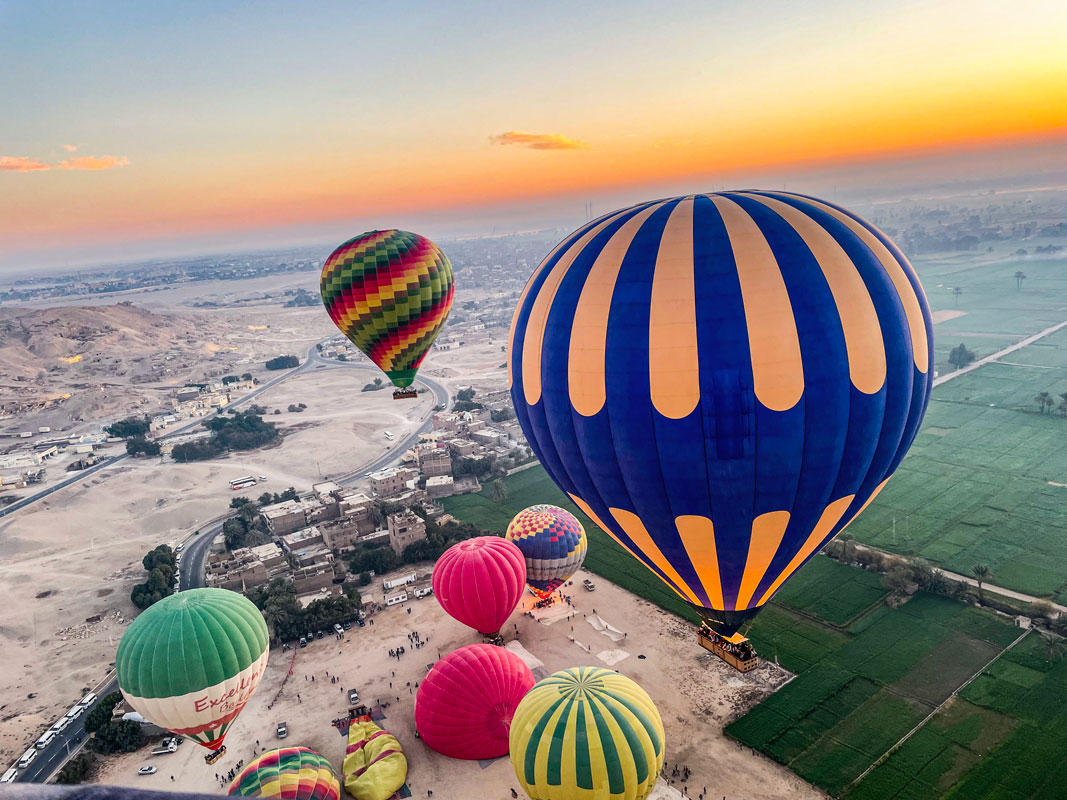
Who can forget, in that movie, Cleopatra’s spectacular entry into Rome, or Taylor asking an infuriated Burton to kneel before her, saying: “I asked it of Caesar, I demand it of you!”
So I went to Egypt hoping to hear many legends about Cleopatra, only to be disappointed. Whether it is in the museums of Cairo, or the trinket shops in Luxor or Cairo, you will see much more of the beautiful Egyptian Queen Nefertari, Ramesses II’s favourite wife, as also Queen Nefertiti, ancient Egypt’s most iconic symbol, than Cleopatra. The wife of King Akhenaton, Nefertiti (1367–1350 BC) played a prominent role in changing Egypt’s traditional polytheistic religion to a monotheistic one, worshipping the sun god Aton. She was also the stepmother of the great king Tutankhamun. While reading up on her, I found this info: “An elegant portrait-bust of Nefertiti now in Berlin is perhaps one of the most well-known ancient sculptures.” Should give a sense of déjà vu to Indians.
Queen Nefertari was famous for her dazzling beauty and often referred to as “one for whom the sun shines” and is prominently displayed in the majestic rock cut temple of Abu Simbel, where majestic figures of Ramesses II rule supreme. Predictably enough, thanks to her comeliness, she also features prominently on all the trinkets and souvenirs tourists bring home, such as magnets, bottle openers, key chains and even rings and ear rings!
Anyway, though I was disappointed at the missing buzz about Cleopatra — the odd sculpture/portrait of her you do manage to see comes nowhere close to the dazzling persona portrayed by Taylor, and you’re happy to leave that legend alive in your head, the Nile cruise had plenty to offer.
We took a four-day Nile cruise, and to board the ship, we had to take a cruel early morning flight from Cairo to Aswan, from where we drove to the incredible Abu Simbel temple first, before boarding the cruise in the afternoon at Aswan.
Nile: Egypt’s verdant lifeline
It is said the Nile was to Egypt what the Alps are to Switzerland and the sea to Britain. It fashioned the nation’s economy and determined its political structure. The longest river in Africa — a massive 6,650km in length — is present in 11 countries. Two great streams converge to form it — the Blue Nile in Ethiopia and the White Nile in Uganda. To appreciate its importance, you just have to picturise this huge, elongated oasis in the middle of massive desert land, that has nurtured and nourished civilisations for thousands of years.
Ancient Egypt was known as a gift of the river; without it, the land would have been barren; with its blessings, the pharaohs ruled one of the richest lands of the era. The Egyptians never had to look at the sky for rain; the Nile always irrigated the land. Every summer, when its swollen waters receded, they left behind rich, fertile black soil perfect for their crops. But often there were disastrous floods.
Rock-cut temple of Abu Simbel
From Aswan, after a 3-hour drive (about 230km) we reached an awe-inspiring historic site comprising two massive rock cut temples in the village of Abu Simbel, which is close to the border with Sudan. Carved out from a mountain in 13th century BC during the reign of Ramesses II, what greets you are gigantic figures of this famous Egyptian pharaoh. While Ramesses II’s statues are shown wearing a crown to denote both Upper and Lower Egypt, his wife Nefertari and children can be seen in smaller figures carved on the same rock.
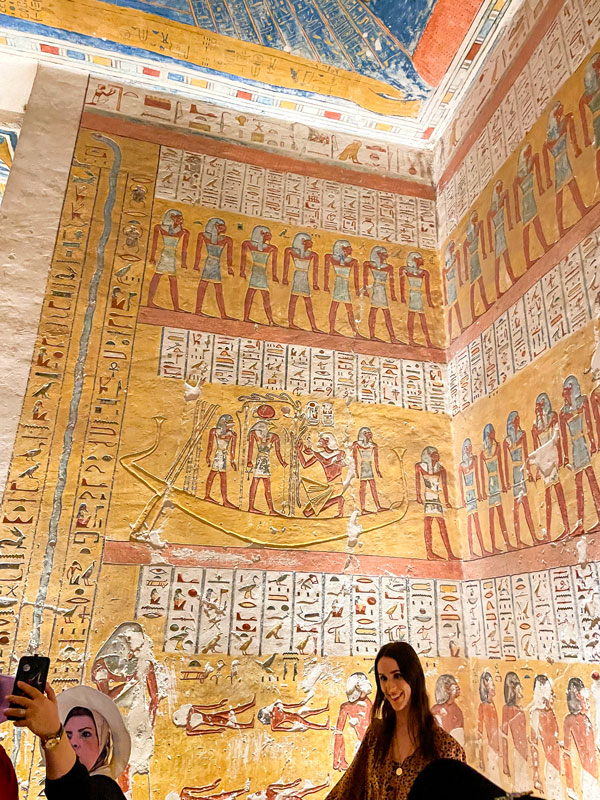
Ramesses II’s 66-year reign undoubtedly took Egypt to the pinnacle of both power and glory. Hailed as the “ruler of rulers”, the Britannica points out that “he recognised that diplomacy and an exhaustive public relations campaign could mitigate any military shortcomings. He erected more monuments and statues — and sired more children — than any other pharaoh.”
Abu Simbel was one of the most ambitious construction projects of the pharaoh, and of the two temples, the Great Temple was dedicated to Ramesses II himself, and the Small Temple to Queen Nefertari. Lasting for about 20 years, this massive construction was completed in 1244 BC. Over the passage of time and due to disuse, most of the Great Temple, and the figure of Ramesses II got covered by a sand dune. Can you imagine, this gorgeous piece of art was forgotten till March 1813, when Swiss researcher Johann Ludwig Burckhardt found the Small Temple and top frieze of the main temple. After several attempts these temples were reclaimed from the sand, though one of the massive statues of Ramesses II was permanently damaged.
A massive relocation
But when the Aswan High Dam, one of the world’s largest embankment dams, was built across the Nile in Aswan, between 1960 and 1970, the rising waters of the Nile threatened the Abu Simbel monuments, which started getting submerged in the water. An international campaign began to gather funds to save these priceless wonders of an ancient civilisation.
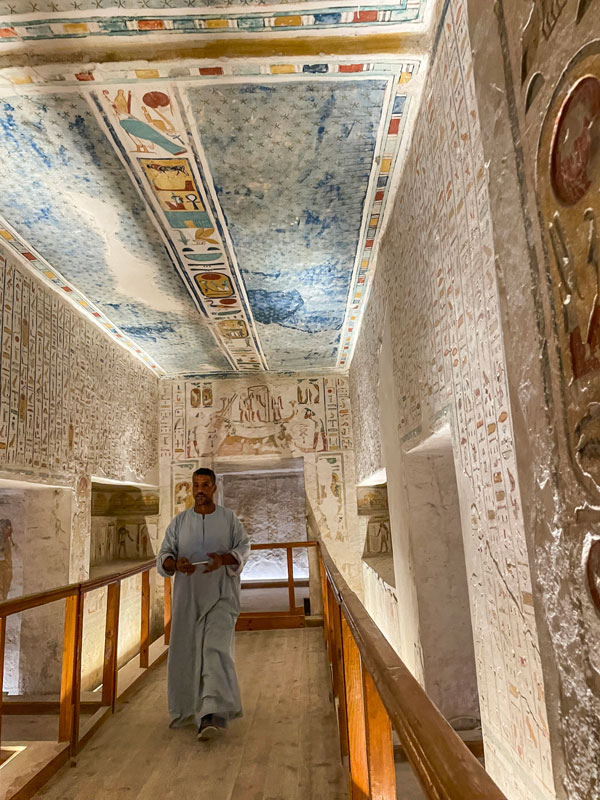
How the world’s nations rally around to save historic treasures, even though located in lands far away, can be seen from the fact that in 1964 a multinational team of archaeologists, engineers and skilled heavy equipment operators, working together under the UNESCO banner spent some $40 million at that time (equal to around $348 million today in value, according to an inflation calculator) to relocate these monuments.
During those four years, in one of the greatest challenges of archaeological engineering, the entire site was carefully cut into large blocks of between 20 to 30 tonnes each, lifted and reassembled at a new location that was 65 metres higher and 200 metres away from the river. Some structures, already submerged in the water, were also salvaged, so that visitors like us could go there, admire the magnificent beauty of the work that was done as far back as in 1244 BC.
If anything, a visit to ancient civilisations like Egypt, and the historic wealth and beauty that nestle in its bosom, give us, 21st century netizens, ample humility and helps shave off a bit of our arrogance that we belong to a much superior technological era.
In the evening we boarded our relatively small, but extremely comfortable, ship which took us to Luxor and the Valley of the Kings the next day.
A magnificent burial ground
The Valley of the Kings is famous for its beautifully etched and painted royal tombs. As is well known and chronicled, the Egyptian kings and royals firmly believed in the afterlife and so it was mandatory for them to have beautifully decorated final resting places, amply filled with everything that a mortal can need in the next world… wealth, treasures, fine clothes, jewellery and food and drink of the topmost quality. What better place to create the world’s most magnificent burial ground for the mighty pharaohs, their queens and other royals of Egypt than close to the bank of the Nile?

So for over a thousand years of the New Kingdom of Egypt (1500–1070 BC) the kings, queens and nobles were buried in this Valley, also known as the Valley of the Gates of the Kings. Their bodies were suitably mummified. Designated a World Heritage Site by UNESCO, right from the 16th to 11th century BC, some of the most beautifully decorated, but secret tombs were created for the most powerful men and women of the kingdom. The entrance to these tombs was skilfully hidden with secret doors to prevent “grave robbers” as the pharaohs and other royals were buried along with a lot of gold and other treasures which they believed could be used in the afterlife. Prior to this era, several royal tombs were vandalised and looted for their valuables. According to one account, archaeologists have so far discovered 63 tombs and work is on to find more.
While the rulers were buried in these magnificently carved and decorated tombs, their family members were buried in smaller rock chambers near the king or pharaoh’s tomb.
These tombs will take your breath away, the walls are decorated with etchings and painted in beautifully muted colours. Predictably enough, the painted scenes embossed on the walls are of pharaohs, gods and goddesses, with hieroglyphic text also encrypted on the walls to guide them to the next life.
It was believed that the process of mummification would prepare their bodies to wake up properly in the next life. An interesting observation made by our extremely well- informed and smart guide Manal was that none of these resting places had books “because probably the pharaohs believed that they needed to start their next life on a completely new and blank page.” Not a bad idea at all!
An exhilarating balloon ride
Our romance with Egypt continued through another early morning adventure — a hot air balloon ride over the vast, green Nile valley, and of course the Valley of the Kings. At the crack of dawn, adequately covered in woollens and rubbing our eyes we were transported first by a boat, and then a van, to one of the facilities offering a hot air balloon ride. Having done a similar ride in Cappadocia in Turkey earlier, Pervez and I had comparatively fewer butterflies in our tummies compared to the others! But of course, thoughts of the odd chance of a sudden terrible gust of wind crashing your basket, made of straw but sturdy nevertheless, did lurk in a corner of the brain.
But our tall, strapping, handsome and extremely competent pilot soon put our little nagging doubts to rest by giving us a matter-of-fact but detailed briefing on how to brace, bend on our knees, crouch and keep calm in the event of the wind not behaving itself. Considerably calmed, and more excited than frightened, we found ourselves soon lifted up by the balloon, as the fire in the chamber below the basket was lit. Soon we were drifting in the sky, breathing in the cool, fresh air, and watching the sprawling Nile valley and the shining waters of the river beneath us and the fields made lush green through its bountiful waters.
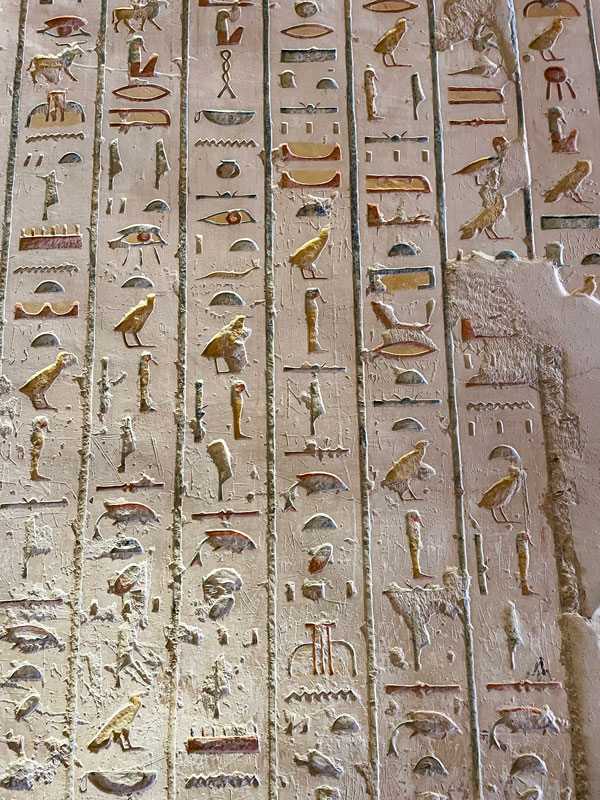
And then the real magic happened. The majestic sun began to make its appearance through the pink and then red sky, lighting up the whole expanse below us in its magnificent light and giving us a breathtaking view of the land below. We simply surrendered to this exhilarating and unforgettable experience. Before we knew it, the 45 minutes were up and we made a smooth, soft and uneventful landing, without having to bend or crouch!
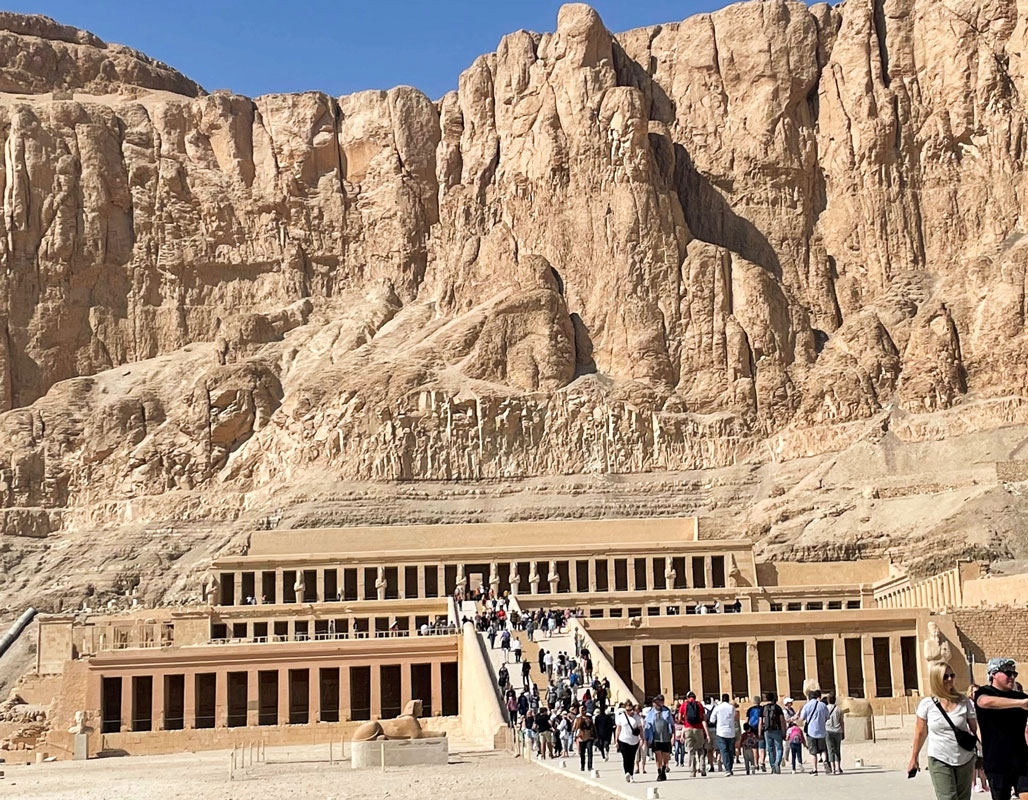
In Cappadocia, we were treated to a glass of sparkling wine after the completion of the balloon ride; in Egypt there was no such luck, but we did return for a sumptuous breakfast on our ship. Once again, the request of the lone vegetarian in our group was given the topmost priority, and as happens at international Rotary events, the (Indian) vegetarian fare was tastier and much in demand here too!
Another amazing monument in Luxor is the Hatshepsut temple, built by Queen Hatshepsut of the 18th dynasty. One of the most prolific builders in Egyptian history, she was the longest reigning female pharaoh of Egypt, and curiously, and perhaps because it was very much a man’s world when it came to leadership, made a very conscious attempt to alter her image to look like a male by donning male clothing.
There is so much to see and ponder over in Egypt that even a 10-day trip was not sufficient for us to come away feeling satisfied that we had a fill of the land of the pharaohs, and one of the oldest centres of civilisation.
We came away with a promise to return… and had to nurse our aching feet and creaking joints, not to mention protesting knees for quite a while. One sincere advice to those with wanderlust —
travel as much as you can… even on shoestring budgets if need be, when you are relatively young. For, in a country like Egypt, there is so much to see, and such long distances to tread, that fitness is of primary importance to really enjoy the country.
(Concluded)
Pictures by Rasheeda Bhagat






